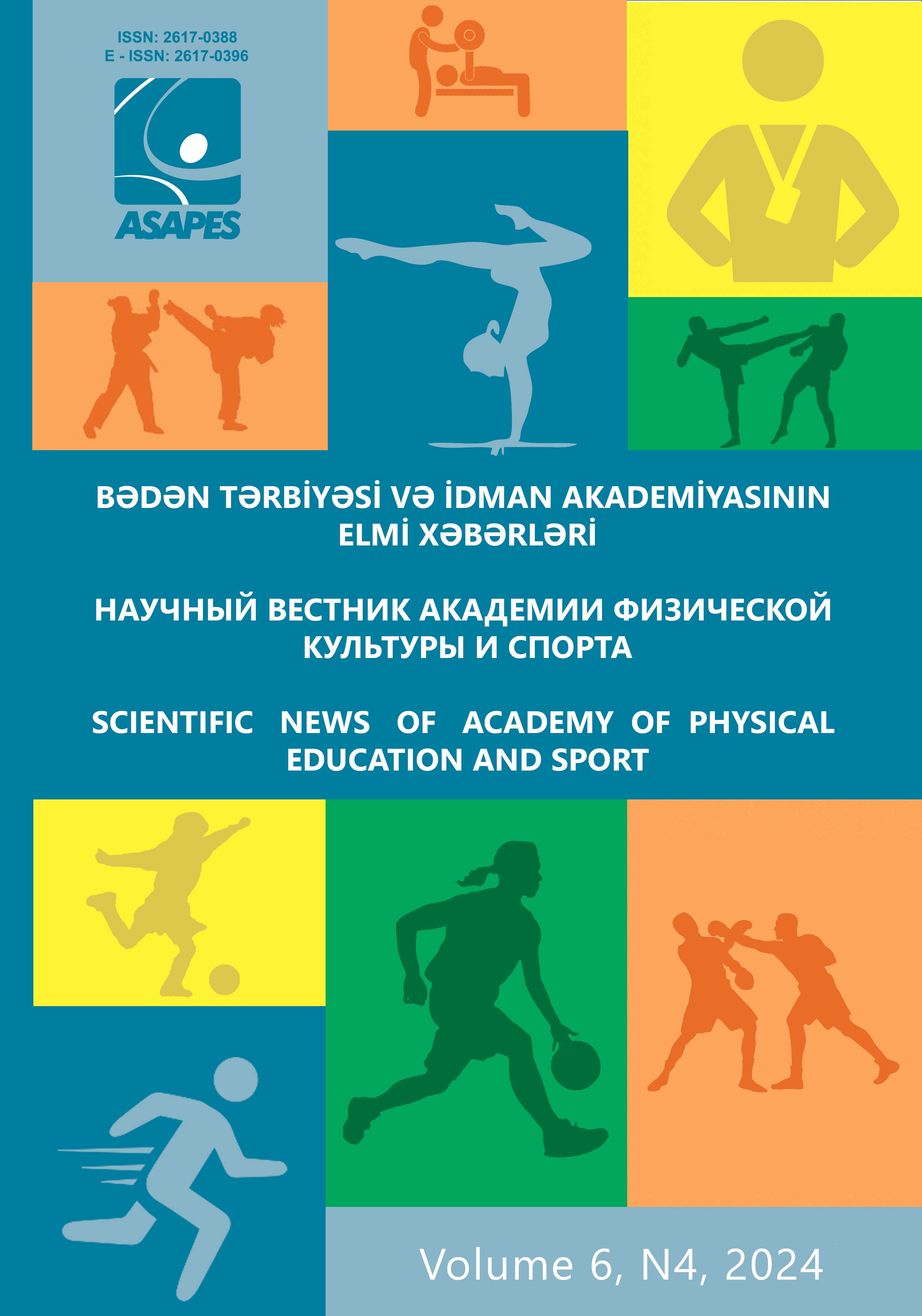
THE ROLE OF THE TEACHERS IN THE DEVELOPMENT OF READING SKILLS
Abstract
Reading gives pleasure and enlightenment. It opens up the unknown. It is a complex cognitive activity that is complex for the type of knowledge society. Therefore, the change of the modern world should learn how to read and be able to enter today's literate society. The reader can lead others to the light. People who read were able to be free, honest reading banishes ignorance and superstition. Reading has the power to revolutionize anyone's way of thinking and living. It makes everyone think and think. Teachers should emphasize the whole activity of reading, reading for engagement, which involves not only reading on the lines, but also reading between and beyond the lines. A critical reader challenges an author's assumptions, assumptions, and conclusions, and meets sound criteria or standards designed to evaluate the accuracy, reliability, quality, and quality of what he or she reads. Although there are ways and means of mastering reading, there are several factors that seriously affect it. Teachers should be this way and be careful in getting them. It is a key resource for teachers to develop their reading habits. Their advice and encouragement will help you take a step forward in developing an attitude towards reading. Teachers can teach elementary workers the correct phonics sounds and help them pronounce the sounds of letters and words. They should also emphasize wri-ting in the elementary grades, precisely because of the reading curriculum. You can teach them to write syllables to recognize new words. Students can be provided with special assistance in selecting reading materials and determining their reading levels according to their age, time and abilities. They should understand that they have a major role to play in encouraging and developing this step to the helpless reader.
References
Adler Mortimer J., Doren Charles Van How to read a book USA: Simon and Schuster 2011.
Alfassi Miriam Reading to learn: effects of combined strategy instruction on high school students. Journal of Educational Research, 2014, 97 (4), 171. DOI: https://doi.org/10.3200/JOER.97.4.171-185
Bowen J. Donald, Harold Madsen, Ann Hilferty TESOL Techniques and Procedures. Boston: Heinle & Heinle 2014.
Coyne M.D., Simmons D.C. Prevention and intervention in beginning reading: two complex systems. Learning Disabilities Research & practice, 16(2), 62-73, 2012 DOI: https://doi.org/10.1111/0938-8982.00008
Crystal David The Cambridge Encyclopedia of Language. Cambridge, England: Cambridge University Press, 2017.
Fuchs L.S., Fuchs D., Hosp M.K., Jer-kins J.R. Oral reading fluency as indicator of reading comprehension: A theoretical, empirical, and historical analysis. Scientific Studies of Reading, 2016, 5, 239-256. DOI: https://doi.org/10.1207/S1532799XSSR0503_3
Stewart-Dore Nea Writing and reading to learn, Australia: Primar y English Teaching Association. 2018.
Taba Hilda The teaching of thinking, Elementary English, 2015, 42, 534-542.
Weaver Constance Reading process and practice, Heinemann, Portmouth, NH: Win-thropPublishers, Inc. 2016.

